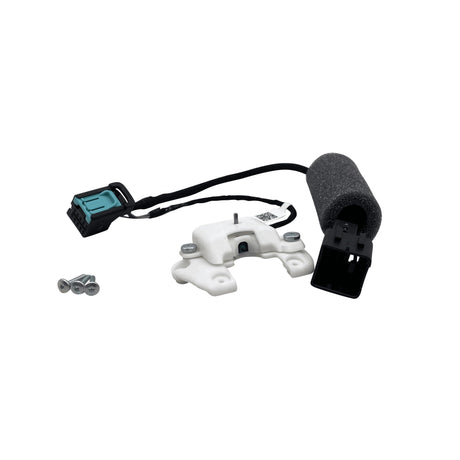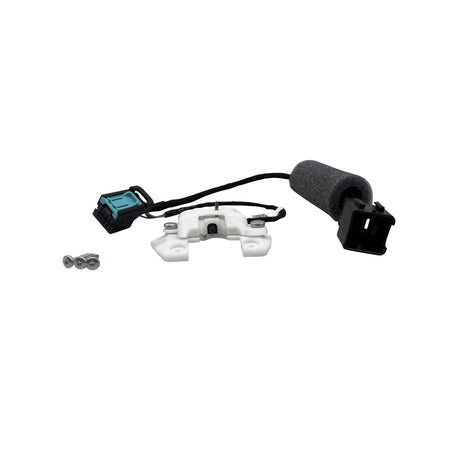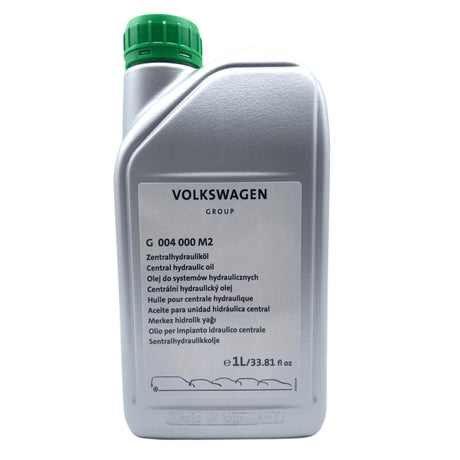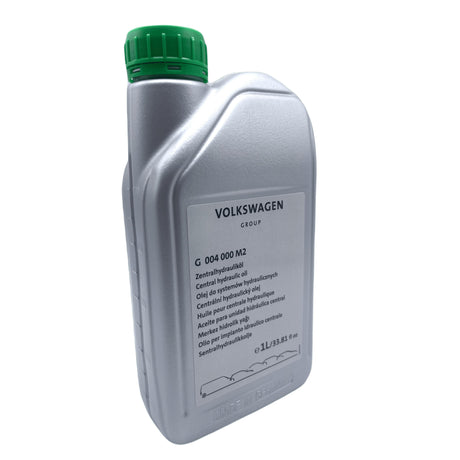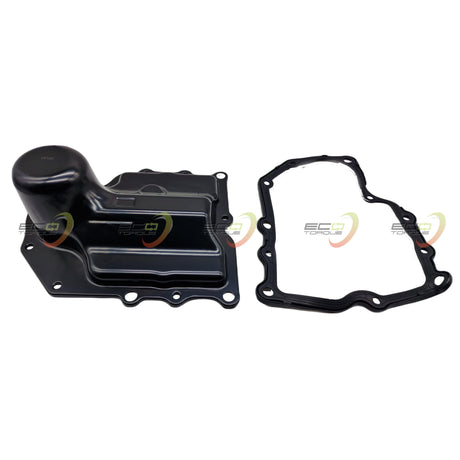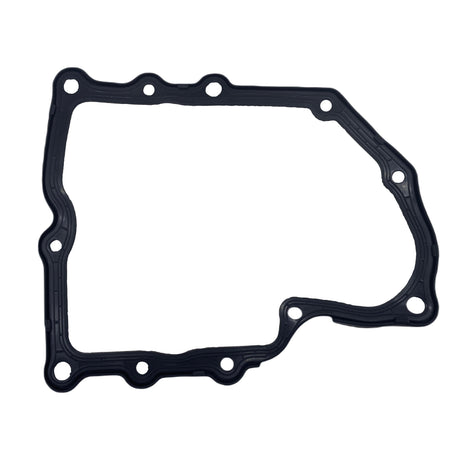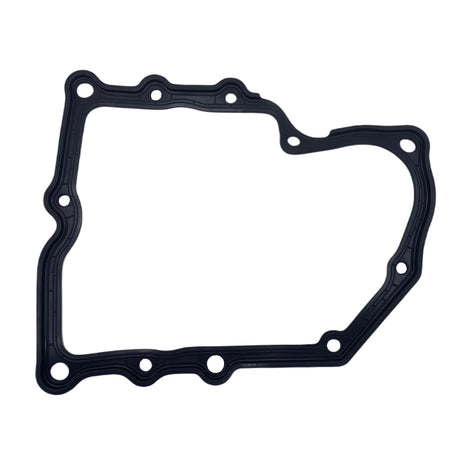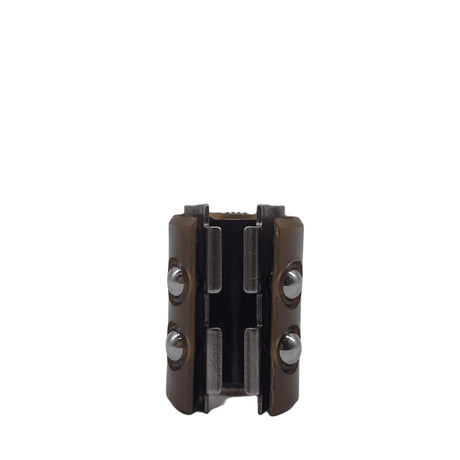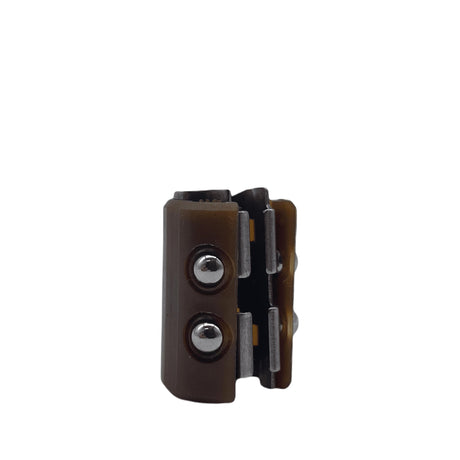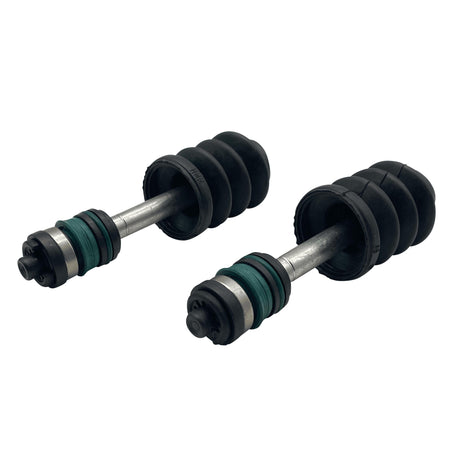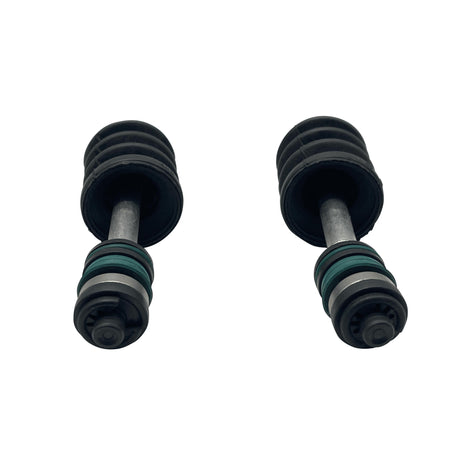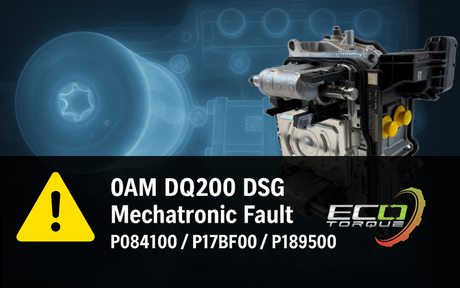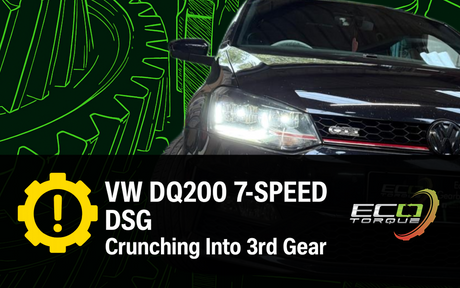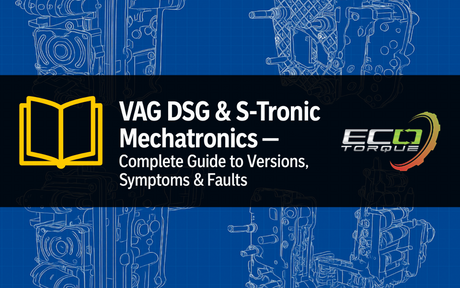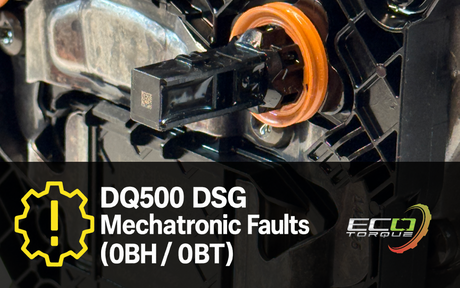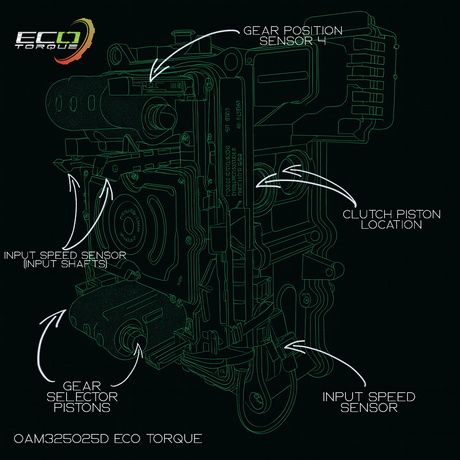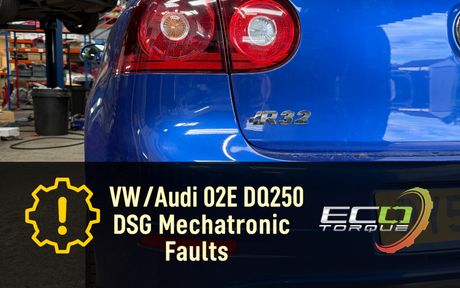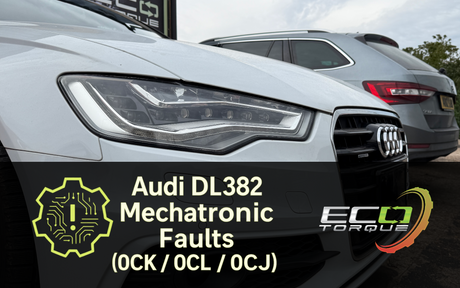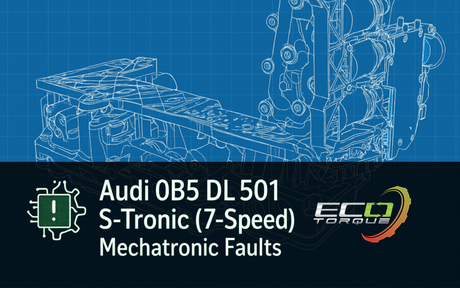Introduction
This guide covers the clutch adaptation procedure for the 0AM DQ200 7-speed DSG gearbox — the essential second stage that follows after completing Basic Settings using a professional diagnostic system.
Basic Settings is the first stage of calibration, allowing the mechatronic to reset and re-learn clutch positions in a controlled, stationary environment.
It can only be performed using high-level diagnostic machines such as ODIS, VAS, or advanced aftermarket tools capable of full DSG access (VCDS, Autologic, etc.).
Once Basic Settings has completed successfully, the gearbox requires a dynamic clutch adaptation drive.
This on-road process allows the transmission control unit (TCU) to learn real-world clutch pressure, bite points, and engagement timing, ensuring smooth shifting and correct operation after clutch or mechatronic replacement.
At Eco Torque, we carry out this process after every DSG repair or replacement to guarantee that each transmission operates to factory specification.
Step-by-Step Clutch Adaptation Drive
After performing Basic Settings, complete the following test drive routine in the exact order shown below.
This process completes the live adaptation of the clutches (K1 and K2).
1. Pulling Away from Stationary
- In Drive (D), pull away forwards twice, allowing the gearbox to shift up to 2nd gear.
- Then pull away twice in reverse.
This initial step helps the TCU fine-tune clutch bite and engagement points for smooth take-off.
2. Drive in Every Gear, Including Reverse
- Move the gear lever to the Tiptronic gate.
- Drive through each gear (1st–7th) for at least 3 seconds per gear.
- Include reverse gear in this process.
This teaches the control unit the full gear range and ensures each shift synchronisation value is stored.
3. Alternate Driving Between K1 and K2 Clutch
- Keep the gear lever in the Tiptronic gate.
- Alternate between higher gears operated by Clutch K1( 5th, 7th) and Clutch K2 (4th and 6th).
- Maintain engine speed between 1,500–2,000 rpm.
- Hold each gear for around 20-30 seconds and then switch to the next gear on the opposite clutch (i.e 3rd to 4th) and repeat.
Gear changes will start to smooth after this step.
This allows the gearbox to balance and record clutch operation under varying torque loads.

4. Adaptation Cycle for K1 and K2 (Throttle Variation Phase)
- Drive one minute in the K1 gears (3rd, 5th, 7th).
- Then drive one minute in the K2 gears (4th, 6th).
- Repeat this cycle twice.
- During this step, vary throttle input — the TCU must briefly detect full-throttle input once, although top speed is not required.
This phase is essential for calibrating clutch overlap, hydraulic pressure control, and torque hand-off between K1 and K2.
5. Final Check of Gear Changes
- Return the selector to Drive (D).
- Drive through all gears, including reverse, and observe shift quality.
- If shifts feels harsh or delayed, repeat Step 3.
A smooth shift pattern confirms that adaptation has completed successfully.
When to Perform This Adaptation
Perform clutch adaptation whenever any of the following apply:
- Clutch pack or flywheel replaced
- Mechatronic unit replaced or repaired
- Internal gearbox repair carried out
- Clutch adaptation or pressure fault codes cleared
Skipping this stage can result in harsh gear changes, clutch judder, or adaptation errors being logged in the control unit.
Workshop Notes
At Eco Torque, our technicians always carry out the Basic Settings followed by this full adaptation drive after clutch or mechatronic work.
We also complete a final diagnostic scan to confirm all clutch pressures and learned values are within specification before returning the vehicle to the customer.
Frequently Asked Questions (FAQ)
Q: Can I perform this adaptation without a diagnostic tool?
A: No. Basic Settings and the initial adaptation must be started using a compatible diagnostic system such as ODIS or VCDS before completing the on-road drive.
Q: How long does the full adaptation process take?
A: Around 20–30 minutes including diagnostic setup and the driving routine.
Q: Do I need to reset adaptations before starting this procedure?
A: Yes. Always perform a clutch adaptation reset through your diagnostic software before beginning the road test.
Q: What happens if adaptation isn’t completed properly?
A: You may experience jerky take-off, harsh shifts, or new clutch adaptation faults logged in the TCU.
💬 Get in Touch
If you’ve recently replaced a DQ200 clutch or mechatronic, our technicians can perform the Basic Settings and clutch adaptation to factory standards.
Eco Torque Ltd
Unit 1A Portland Industrial Estate
Hitchin Road, Arlesey, United Kingdom
SG15 6SG
📞 01462 835335
📧 info@eco-torque.co.uk






